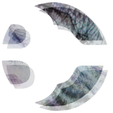|
Come join us for WILD: ReNaturing the City - a free event, open to the public - taking place at the London College of Communications on February 10th between 17:00 to 20:45. Booking essential, via this link: http://events.arts.ac.uk/event/2016/2/10/WILD-ReNaturing-the-City/ "WILD will explore the value of Nature in our urban lives and ask questions such as: How might we biohack the city? Can we rewild modern life? Is Natural selection a design process? Is unwilding uncivilized? Can designers and artists co-create our future with Nature? Will technology save us? Is our future feral? What does a smart city look like? Are we the regeneration generation? This symposium will bring together presentations, debate and performance to investigate the exciting intersections of Nature, design, technology and urban life. 5–6.30pm Biohack Presentations: Introduced by Professor Lawrence Zeegen, Dean of the School of Design at LCC. Documentary maker and campaigner David Bond (of Green Lions): Marketing nature: the ultimate free wonder product. Landscape architect Andrew Grant (of Grant Associates): Every city should develop forests of imagination. Social/environmental designer Andrew Merritt (of Something & Son): Bringing nature into the city. Designer Tim Brooke (of Future Cities Catapult): Back to the future, old is the new new. Nature-based psychotherapist Beth Collier (of Wild in the City!): Natural therapy. Architect (at Astudio), artist and technologist Christian Kerrigan: 200 Year Continuum. Chair of Design for Social Innovation at UAL Ezio Manzini: The wild/culture paradox. Artist Rachel Jacobs (of Active Ingredient): Performing data in the city and beyond. Radical gardener Richard Reynolds (of Guerrilla Gardening): Planting perception change. 6.40–7.10pm Performative Interlude: Eating the Bones performance and Five Hundred Flowers and the Mother Plant exhibition: Silva+Sajovic. Bird painting finalé: ATM streetart. The Inflatables, Timestreams art installation: Active Ingredient. 7.20–8.40pm Future Feral Debate: Chaired by Ralph Underhill (of the Public Interest Research Centre). Siân Berry (Green Candidate for London Mayor 2016): A wilder city. Carlo Laurenzi OBE (of Rewilding Britain, formerly London Wildlife Trust CEO): Rewilding Britain. Design scientist and futurist Melissa Sterry (of Bionic City): Anthropomorphic meets animal architecture. Guerrilla geographer Daniel Raven-Ellison (of Greater London National Park Cityinitiative): Why we should double London's population. Landscape architect Johanna Gibbons (of J & L Gibbons): Wild at heart. WILD is inspired by the Greater London National Park City initiative. WILD is part of the LCC public programme and Green Week 2016. WILD is a Conscientious Communicators Research Hub event. Image credits: 200 Year Continuum: Christian Kerrigan. The Inflatables: Active Ingredient. Supertrees, Gardens by The Bay: Grant Associates, photography Darren Chin. LCC Green Week 2014: Paleo-fitness workshop / Survive exhibition, photography Ana Escobar. National Park City, photography Luke Massey. Bittern, Bethnal Green: ATM streetart. Hackney House: Something & Son. Bionic City: Melissa Sterry. Meerkats project with London Zoo: Knit and Future Cities Catapult. Sunflowers: GuerrillaGardening.org. LCC Green Week 2012: OFF by Elizabeth Bradley, photography Tolga Akmen. Ivy Licking a Frog: Project Wild Thing, photography Jack Barnes." "In the daytime Space Electronic housed S-Space, an experimental architecture school. For 1971’s Mondial festival, organised with Superstudio, [Gruppo] 9999 flooded the lower level and put a vegetable garden on the dance floor, expressing their desire to unite nature and technology." Catharine Rossi
Vegetable Garden House at Space Electronic, pictured above and below, on show at Radical Disco: Architecture and Nightlife in Italy, 1965 - 1976, Institute of Contemporary Arts, Dec 8th 2015 - Jan 10th 2016. 'A Very Short History of Radical Design' in the Radical Disco programme reads "Many progressive architects, designers and artists identified with the need for social change in this charged political climate. According to Emilio Ambasz, curator of the seminal exhibition on Italian design at New York's Museum of Modern Art in 1972, these designers were "Unable to reconcile the conflict between their social concerns and their professional practice". They used design as a means to challenge the bromidic political landscape and to combat their profession's modernist and market orientation." |
AuthorMelissa Sterry, PhD, chartered design scientist, systems theorist, biofuturist, and serial founder inc. Bionic City® Bionic CityAsking the question "how would nature design a city" since 2010.
Archives
October 2023
Categories#bionics
#biotech #biodesign #bioscience #biomimetics #biotechnology #bioengineering #bioinnovation #bioaesthetics #biorevolution #bioenterprise #biosystems #biocreative #biofuturism #biofutures #biocentric #biofacture #biotecture #biovation #biofiction #biourban #biocities #biolab #bioart #STEM
#STEAM #STEAMED #STEMcomms #STEAMcomms #STEAMEDcomms © Bioratorium Limited & Melissa Sterry
2021 All Rights Reserved |
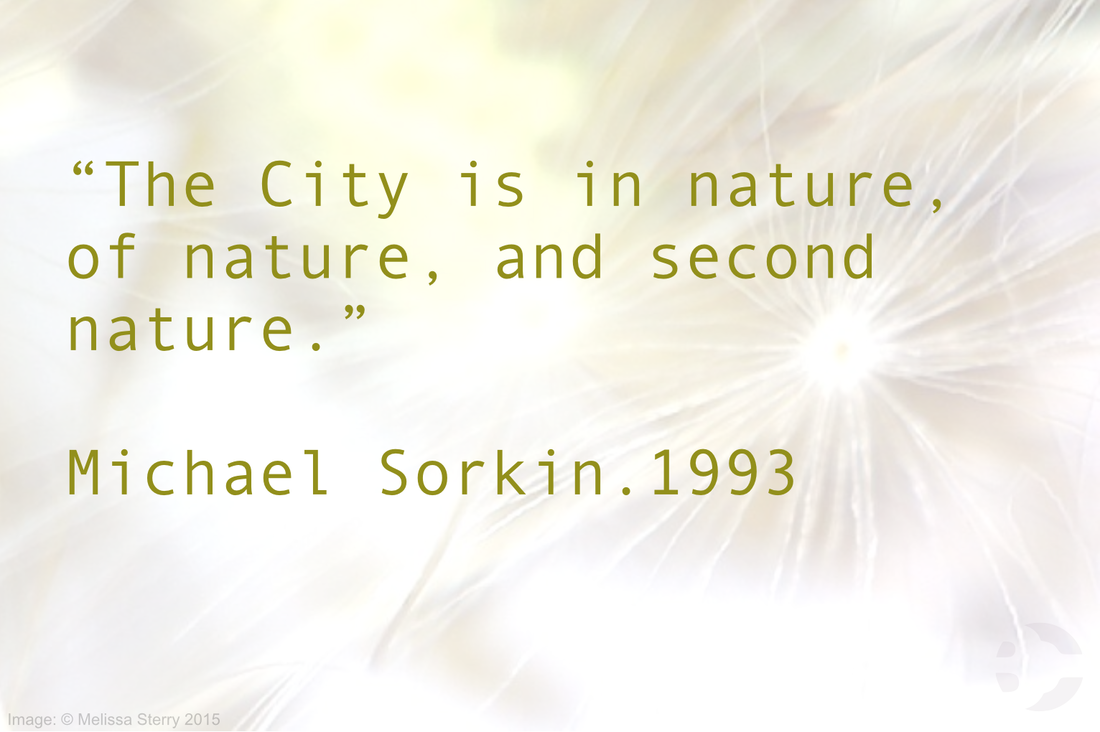
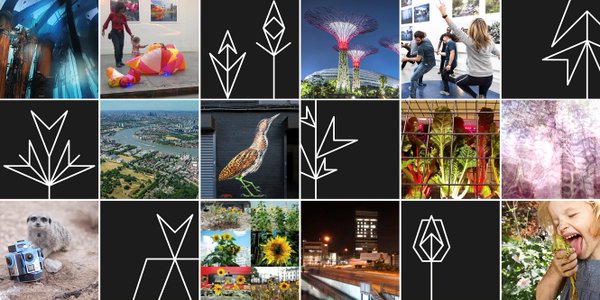
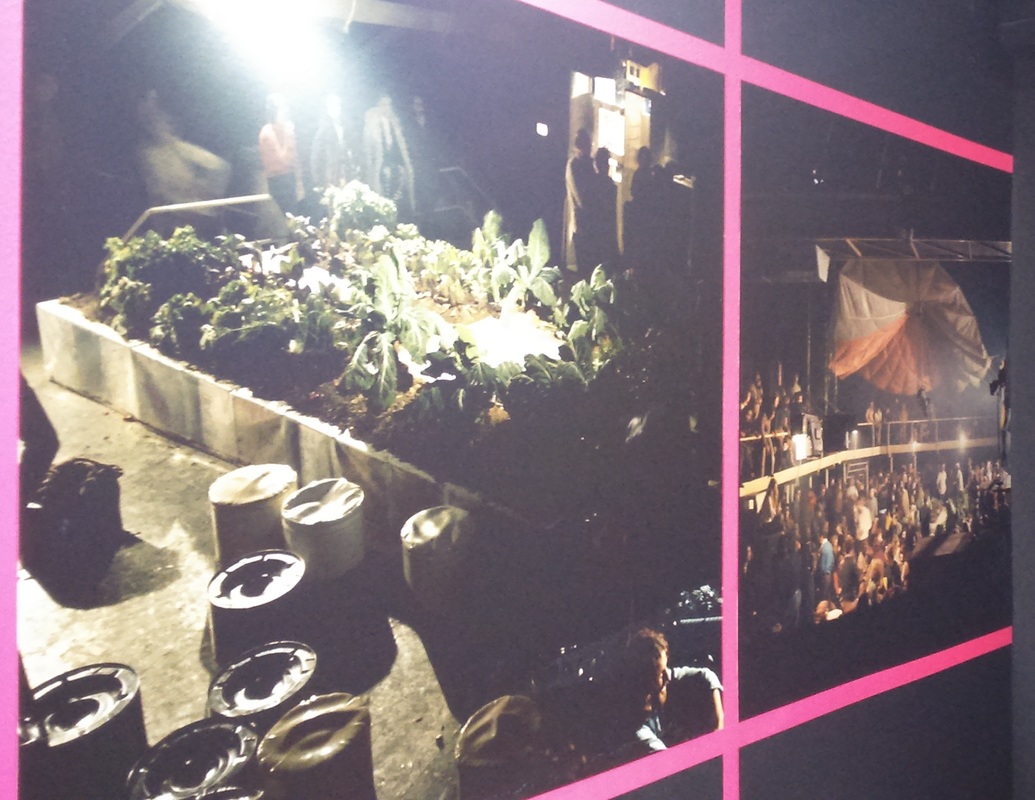
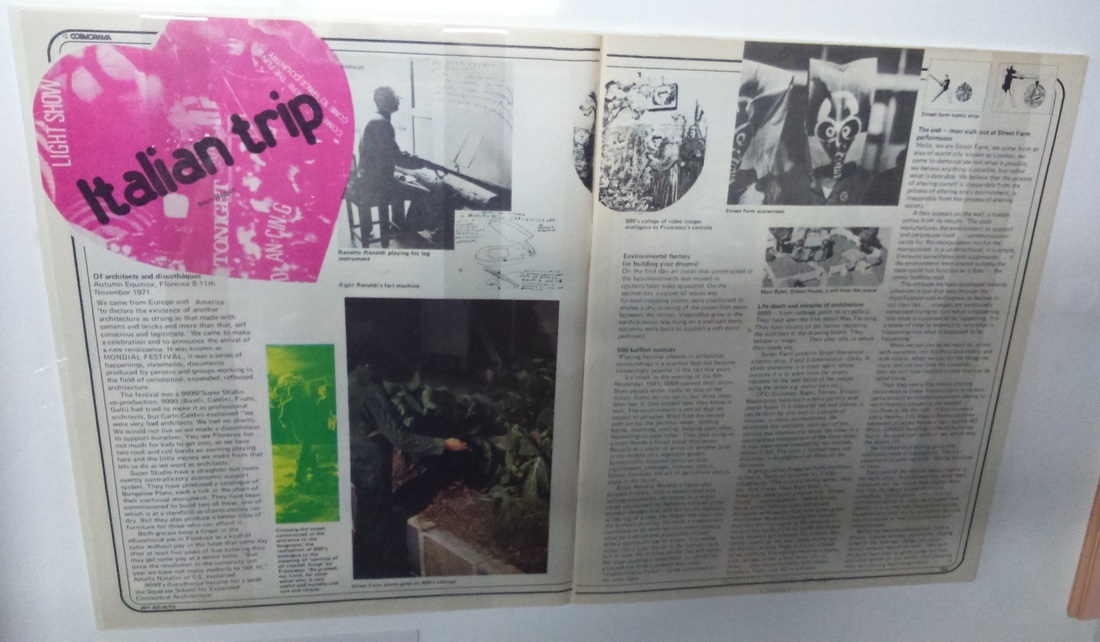
 RSS Feed
RSS Feed
